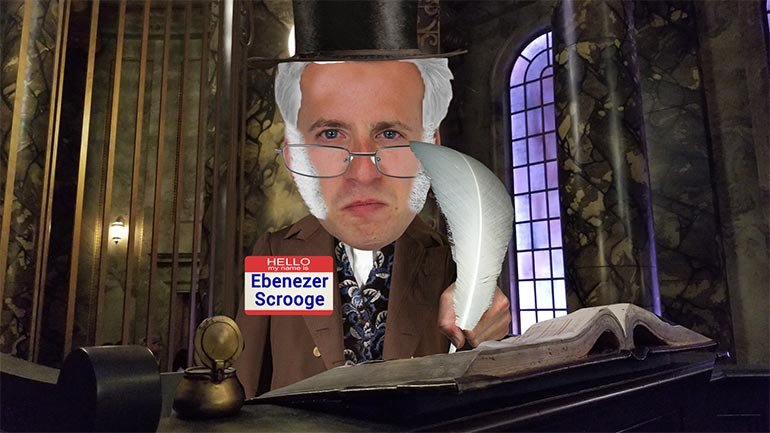Allowance For Bad Debt
Also, called the "allowance for doubtful accounts", which is a bit more of a positive take on a gloomy topic. Banks record their estimates on loans they predict will go into default and not be repaid using the allowance for bad debt account.
Accountants must have balanced balance sheets (or they wouldn't be called balance sheets). The allowance for bad debt is a category accountants use to balance their sheets. Say a bank loans out $10,000 and estimates that 5% of the loans will go into default. The bank's accountants will enter $500 under the category of "bad debt expense" as a debit in accounts receivables, and $500 credit as an allowance for bad debt. So, basically, the allowance for bad debt is a way to offset the bad debt estimate. It's like a reserve in case a customer doesn't pay up.
Here's how it works if a customer actually doesn't pay up: Say in our example, a customer defaults on $100. This will be recorded as a $100 credit in accounts receivable to lower this amount, and as a $100 debit in the allowance for bad debt account. Seems a little counterintuitive, but it works.
Related or Semi-related Video

Finance: What is Bankruptcy?260 Views
Finance a la' Shmoop what is bankruptcy well in the old days
this was bankruptcy you'd go to prison if you couldn't pay your bills and [People in prison for bankruptcy]
unfortunately there weren't and still aren't a lot of legal high wage earning
opportunities in prison working your way out of debt on the chain gang wasn't [Prisoners working outside]
really a thing back then so instead the burden would be on your family to pay
back the loan you'd promised to pay back and didn't ugly situation it paved the [Officer knocking on a prisoners family member to pay their debts]
way for some well today bankruptcy has a range of flavors that it comes in but
basically it exists as a legal vehicle to avoid the aforementioned situation a [Bankruptcy van driving]
bankrupt person and/or corporation stands in front of a judge they turn
their pockets inside out with a sad face and the judge then decide who will be [Person opens their pockets inside out in front of a judge]
paid when and how much well how does she decide the order for who gets paid back
when? well, it usually prioritizes employees and vendors owed a paycheck
above banks who have made a loan and under that umbrella all different types
of loans have different priorities if the bankrupt individual owns a home it's [bankrupt individual in his home on the toilet reading a newspaper]
usually sold out from under him and anything left after paying off the
mortgage is used to pay others even if you do survive a bankruptcy your credit
is pretty much ruined who's going to want to loan you money once you've
proven that you're not good with being loaned money yeah if you've defaulted in [a really low credit score chart for a bankrupt individual]
the past on promises to pay people back why wouldn't you do the same thing again
well remember that twenty dollars you loaned your buddy Eric that he never [Person loaning 20 dollars to friend Eric
paid back well how eager are you going to be to hook him up with another twenty
especially since you'd only be feeding his betting on frog fighting habit yeah [Eric betting money on frog fighting]
not so much so long Eric you'll get the help you need!
Up Next
What are Aging Receivables/an Allowance for Doubtful Accounts? The allowance for doubtful accounts subtracts those receivables that are not going t...
What are Collection Agencies? Collection agencies are debt collection companies that specialize in recovery of overdue or defaulted debt obligation...
What is Chargeback? In the age of digital eCommerce and plastic over cash, the Chargeback is the electronic version of the refund. Chargebacks cred...
What is a line of credit? A line of credit is kind of like a loan. A bank gives a borrower a line of credit, which basically says they can borrow â...



